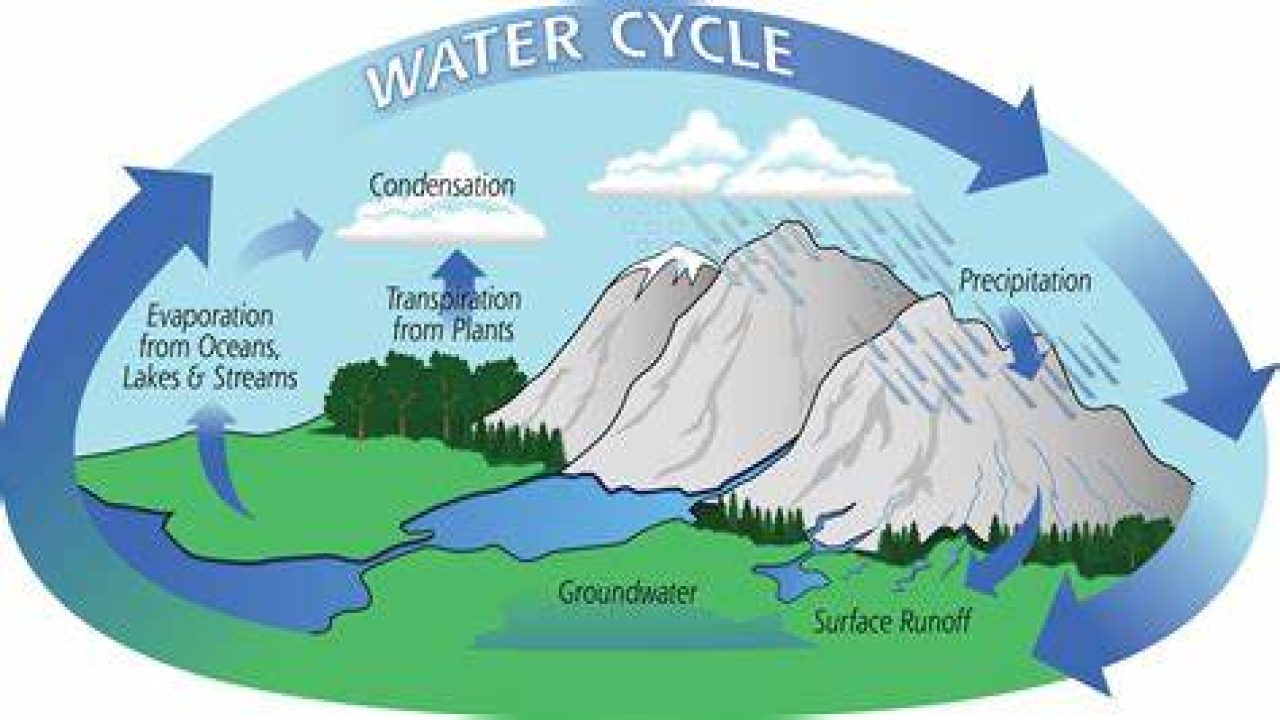Hydrological Cycle
The hydrological cycle, also known as the water cycle, is the process by which water moves around the Earth’s surface, changing between liquid, solid, and gaseous states. The cycle is driven by the energy of the sun and is essential for sustaining life on Earth.
Evaporation
Evaporation is the process by which water changes from a liquid state to a gaseous state, driven by the energy of the sun. Water can evaporate from the surface of oceans, lakes, and rivers, as well as from plants through a process called transpiration. As water vapor rises into the atmosphere, it cools and condenses into clouds.
Condensation
Condensation is the process by which water vapor changes from a gaseous state to a liquid state, forming clouds. As water droplets in clouds grow larger, they become heavy enough to fall to the Earth’s surface as precipitation.
Precipitation
Precipitation is the process by which water falls from the atmosphere to the Earth’s surface in the form of rain, snow, sleet, or hail. The amount and frequency of precipitation can vary greatly depending on location, topography, and other factors.
Infiltration
Infiltration is the process by which precipitation soaks into the ground and becomes groundwater. Groundwater can then be used by plants or return to the surface through springs and other forms of surface water.
Runoff
Runoff is the process by which water flows over the surface of the Earth, eventually reaching streams, rivers, and oceans. The amount of runoff can be influenced by a range of factors, including the slope of the land, soil type, and the amount of vegetation cover.
Importance of the Hydrological Cycle
The hydrological cycle is essential for sustaining life on Earth, providing water for plant growth, animal habitats, and human consumption. The cycle is also essential for regulating the Earth’s temperature and climate patterns, with water vapor acting as a greenhouse gas that helps trap heat in the atmosphere.
Changes in the Hydrological Cycle
Changes in the hydrological cycle can have significant impacts on human and natural systems. Severe weather events, such as floods and droughts, can cause significant damage to property and lead to loss of life. Changes in precipitation patterns, such as prolonged droughts or increased flooding, can lead to crop failures, water shortages, and food insecurity.
Climate change is expected to have significant impacts on the hydrological cycle, leading to changes in precipitation patterns, melting of glaciers and polar ice caps, and rising sea levels. By understanding these changes and developing sustainable approaches to managing water resources, we can help protect our natural resources and promote a healthy planet for generations to come.


